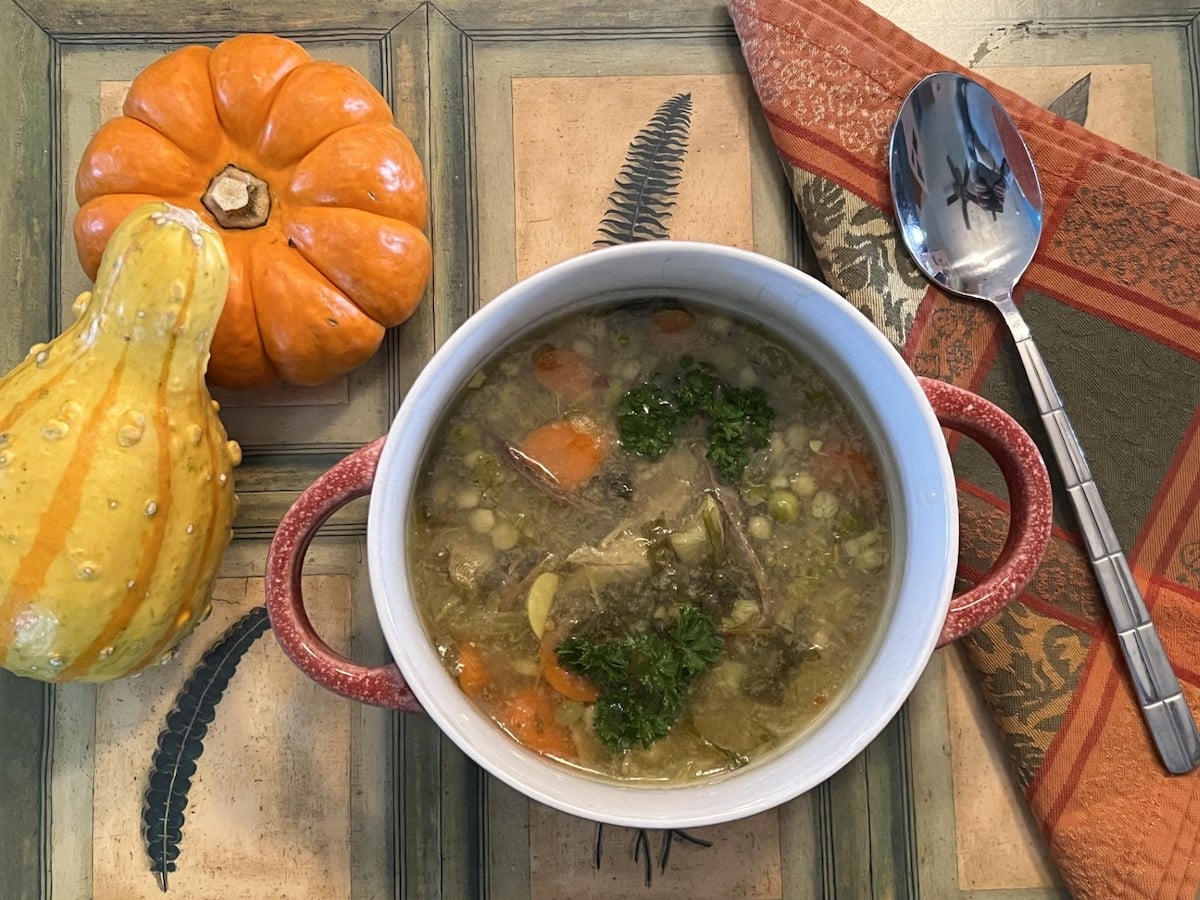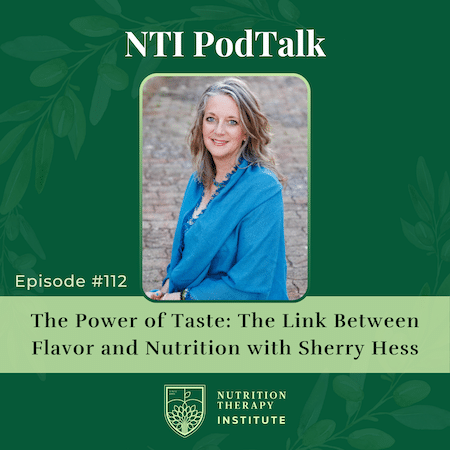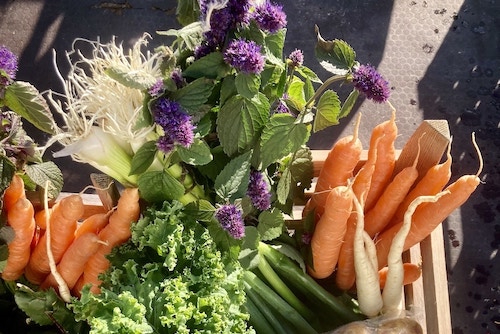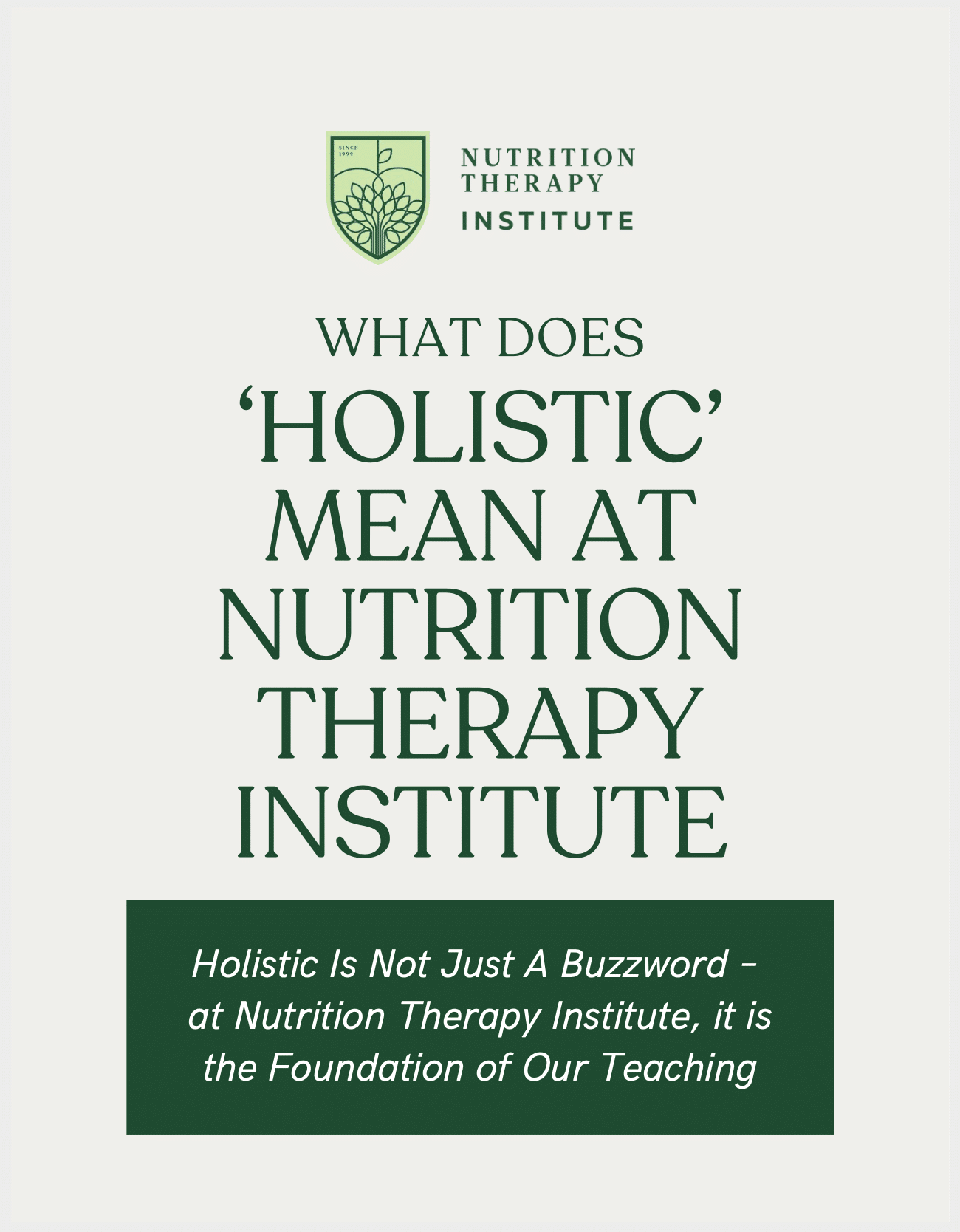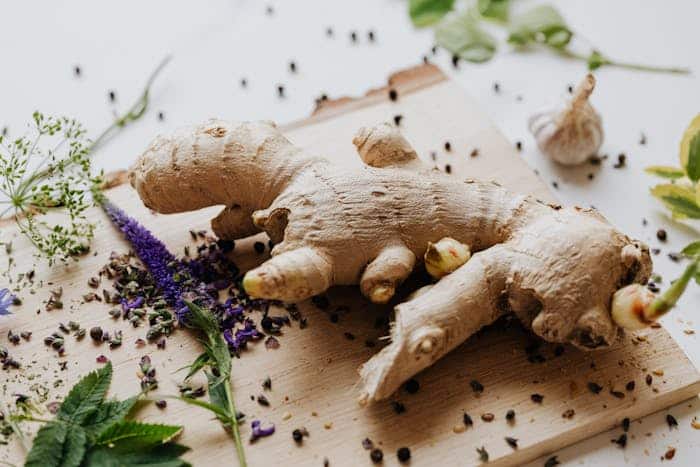
Share this post!
It’s the most wonderful time of the year…for cold and flu bugs. With the holiday season upon us, stressors such as travel, large gatherings, excess sugar and alcohol, late nights, and jam-packed social schedules can all take a toll on our immune systems, making us susceptible to infection. If you start to feel a cold coming on, reach for these 5 immune-boosting herbs to help nip it in the bud so you can enjoy your holidays and the rest of winter (spoiler alert: one of these herbs is actually a tonic and includes a zesty DIY recipe you won’t want to miss!). Read on to find out how to boost your immune system this cold and flu season.
Echinacea
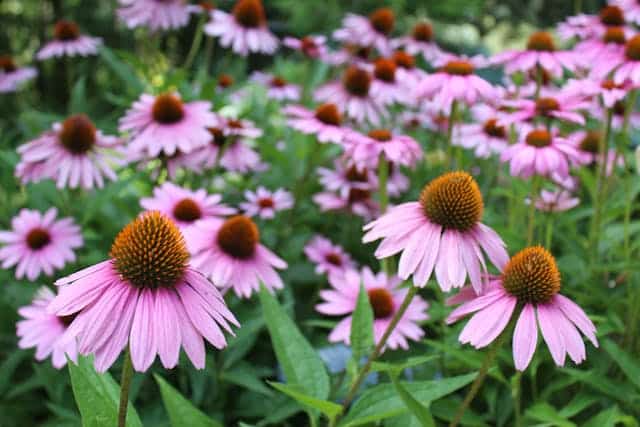
Many of you are likely familiar with echinacea, which is a wonderful herb to help bolster your immune system when you’re feeling run down. Commonly known as coneflower, this plant’s beautiful pink flowers aren’t just pretty to look at: echinacea is a heavy hitter when it comes to conquering cold and flu symptoms, which is why it’s first on the list!
This potent herb works by stimulating the production of white blood cells and increasing their activity, which is the body’s first line of defence.1,2 Echinacea also helps B cells (a particular type of white blood cell) produce antibodies, which ward off illness by binding to pathogens so they can be cleared from the blood stream or destroyed.2 In addition, echinacea helps to strengthen and clear lymph nodes, which inhibits the spread of infection,2 and is rich in compounds that protect cell membranes from being penetrated by bacteria and viruses.1
This herb contains antibacterial, antiviral, and antifungal properties,1,2 and is particularly helpful if you’re struggling with a respiratory infection, sore throat, or oral infection; however, it’s useful any time your immune system needs a boost!1 Echinacea is most effective at the first sign of illness when you feel those cold and flu symptoms coming on, and can be taken as an extract, tea, or capsule.1
Garlic
Though often considered more of a culinary herb or spice (it’s actually a root vegetable!), garlic contains potent antibacterial, antiviral, antifungal, and antiseptic components and is very effective at warding off colds and flus.1,2,3 Like echinacea, garlic stimulates the production of white blood cells, which boosts immune system function.1
It’s also an excellent source of sulfur and essential oils, which help the body fight infection.1 Studies have shown that garlic is even effective against certain antibiotic-resistant strains of bacteria.1,4 The key component in garlic when it comes to fighting infection is allicin (it’s also responsible for this veggie’s pungent smell!). As one of garlic’s many sulfur compounds, allicin acts as a strong antiseptic and is found in raw garlic after it’s been chopped or crushed.1,3 The action of crushing a fresh garlic clove activates the enzyme alliinase, which converts alliin (an amino acid) into allicin.3 Research has shown that it takes roughly 10 minutes for the allicin to form, so the next time you’re using garlic, make sure to chop it in advance!3
Though we often cook with this veggie, raw garlic is the most effective when it comes to guarding against colds and flus.2 You can eat it pickled, take capsules, use garlic oil, or eat it raw (heads up: raw garlic can cause heartburn or stomach upset for some, so be mindful if consuming raw).1
For more info on the magic of garlic, see 7 Surprising Uses for Garlic and Garlic: An Exploration of Allicin and Antioxidant Activity
Ginger
Similar to garlic, ginger is more commonly thought of as a culinary spice; however, it actually contains potent antibacterial, antiviral, and antiseptic components, and is a strong anti-inflammatory as well.1,2,3 Not only does this magical root enhance immune function, it helps to relieve pain and inflammation, and is also a superstar when it comes to digestive issues.1,2
Ginger is commonly used to address nausea, gas, bloating, and abdominal cramps, but it’s antimicrobial properties also make it useful for gastrointestinal infections, coughs, colds, flus, and other respiratory issues.1,3 Like garlic, research has found that ginger has an antibacterial effect on certain drug-resistant microbes, making this root another cold-busting, flu-fighting powerhouse. In addition to all this, ginger contains high levels of warming volatile oils that can stimulate sweating, which helps with detoxification and temperature regulation.2 All-in-all, ginger is one potent root and should definitely be on your immune-boosting roster! Ginger can be consumed as a tea, extract, powder, or in capsules.
Elderberry
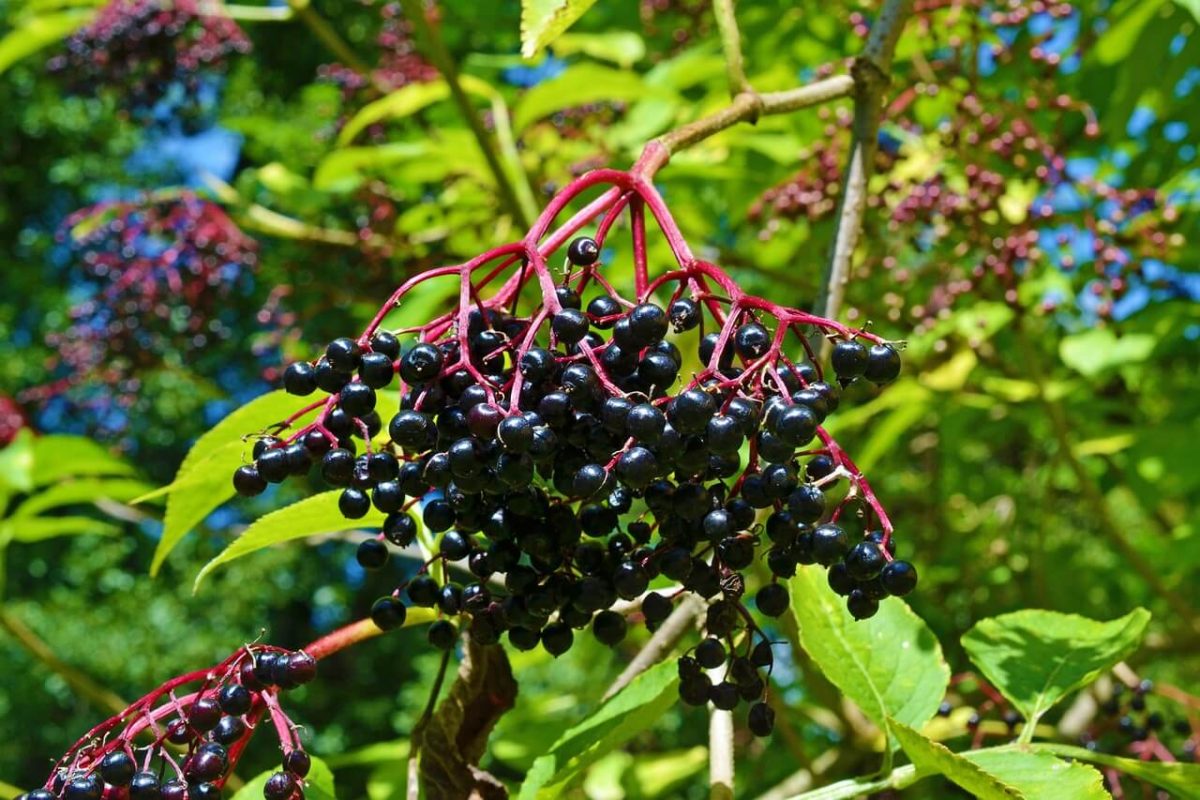
Unlike our first three herbs, elderberry might seem newer on the scene, but that doesn’t make it any less effective. This berry is actually a well-known antiviral that’s been used traditionally throughout Europe as a go-to cold and flu remedy.1 Not only is elderberry delicious, it contains powerful immune-enhancing and antiviral properties that are highly effective at fighting the flu and upper respiratory infections.1,3,4 Research has shown that elderberry both speeds recovery time and inhibits the spread of viral infections.2,3,4 In one study, 90% of those taking an elderberry extract recovered in 2-3 days, whereas 90% of the placebo control group took up to 6 days to recover.3 Further research has supported these findings, establishing elderberry as a potent immune-boosting herb.3,4 Though effective on its own, elderberry is often combined with echinacea to further stimulate the immune system and beat those bugs for good!1
The raw berries can cause digestive upset, so it’s best to consume them dried or cooked.1 You can find elderberry prepared as a syrup (my favorite!), but it can also be found as a tea, extract, or jam.
For more info on elderberry and how to use it, see: 5 Ways to Use Elderberry This Winter
Fire Cider
Technically speaking, fire cider isn’t an herb, but is rather a zesty concoction comprised of a number of immune-boosting ingredients meant to kick cold symptoms to the curb.1,2 Much like elderberry, this herbal vinegar has been used traditionally to help ward off illness at the first signs of cold and flu. Though recipes can vary, fire cider typically includes garlic, onion, horseradish, some kind of hot pepper, honey, and apple cider vinegar.1,2 The healing properties of the ingredients are absorbed into the vinegar, making fire cider a very effective cold & flu tonic.1,2 The flavor is like a spicier version of a tasty vinaigrette: you can actually use it as a salad dressing, though you’ll want to save some to help keep the sniffles at bay!
Though you can occasionally find a version of fire cider at your local health food store, I recommend making it yourself (it’s both fun and easy!). Check out below for a fire cider recipe to try out at home!
Immune-Boosting Recipes & Resources
Fire Cider Recipe*
- 1 medium onion, coarsely chopped
- 4-5 garlic cloves, coarsely chopped
- 2 jalapeno peppers (or other hot pepper), coarsely chopped
- 3-4 tablespoons freshly grated ginger
- 3-4 tablespoons freshly grated horseradish
- Unpasteurized apple cider vinegar
- Honey
Combine the onion, garlic, peppers, ginger, and horseradish in a glass quart jar and cover with apple cider vinegar. Use a plastic lid or protect the metal lid with waxed or parchment paper (otherwise, the vinegar will strip the minerals in the metal). Let sit for 4 weeks, then strain, and add honey to taste. (Make sure to make a batch before cold and flu season starts!) The fire cider should be spicy, a little sweet, and pack a punch! Take at the first signs of a cold.
*Adapted from Rosemary Gladstar’s original recipe
Related Articles
- The Power of Nutritional Holiday Herbs
- 10 Immune-Boosting Foods to Survive Cold and Flu Season
- 7 Surprising Uses for Garlic
- 5 Ways to Use Elderberry This Winter
- Nutrition Therapy Strategies to Ward Off Flu Viruses
- Maximizing Foods for Your Seasonal Allergies
About the author: Jennifer Gartner is a certified Nutrition Therapist Master and specializes in nutritional endocrinology. She is a graduate of NTI’s Nutrition Therapist Master Program and has dedicated her career to helping people make happy hormones.
Medical Disclaimer
This blog provides information for educational purposes only and is not a substitute for professional medical advice, diagnosis, or treatment by a qualified medical professional. The information provided should not be used to diagnose or treat a medical condition. Consult your doctor or other qualified medical professional regarding a medical condition or treatment.
References
- Gladstar R. Medicinal Herbs. North Adams, MA: Storey Publishing; 2012.
- Easley T, Horne S. The Modern Herbal Dispensary. Berkeley, CA: North Atlantic Books; 2016.
- Chevallier, A. Encyclopedia of Herbal Medicine. New York, NY: DK Publishing; 2016.
- Hoffmann D. Medical Herbalism. Rochester, VT: Healing Arts Press; 2003
Images: Photo by Photo By: Kaboompics.com on Pexels; Photo by Joseph Yu on Pexels; Image by Anemone123 is free for use by Pixabay
Share this post!

